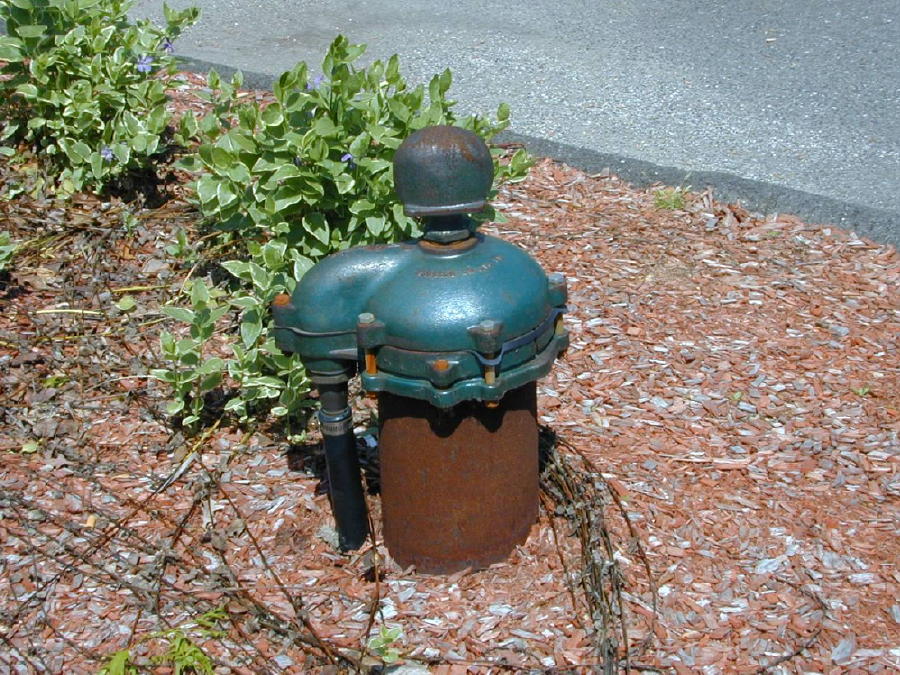Project Summary
Connecticut’s coastal and inland drinking water systems have been seriously affected by impacts of recent severe storms, including Superstorm Sandy and Hurricane Irene. The Connecticut Department of Public Health (DPH), Milone and MacBroom, UConn researchers, and CIRCA collaborated to prepare a Drinking Water Vulnerability Assessment and Resilience Plan (DWVARP) to assess, identify, and address vulnerabilities for community water systems in Fairfield, New Haven, New London, and Middlesex counties. The DWVARP utilizes spatial data, flood risk and climate information, and surveys and interviews with water utilities.
The objective of the DWVARP was to: (1) assess current vulnerabilities to drinking water systems and private wells in Connecticut’s four coastal counties, and (2) identify strategies to mitigate future storm impacts to areas with drinking water supplies. The plan identifies options and alternatives to mitigate vulnerabilities identified and to improve resiliency. Findings and recommendations from the DWVARP will play a vital role in building resiliency into the state's community water systems and better prepare these systems before, during, and after future storm impacts, including impacts of climate change and drought.
Products
Workshop: Implementing a Drinking Water Resilience Plan for Connecticut
Report: Drinking Water Vulnerability Assessment and Resilience Plan
Poster: Developing a Drinking Water Resiliency Plan for Connecticut
Project Description
The project consisted of four main tasks:
- Vulnerability assessment of Connecticut community water systems in the four counties impacted by Super Storm Sandy to identify options and alternatives to mitigate the vulnerabilities identified and to improve resiliency and to compile the assessment into a comprehensive public water systems resiliency plan.
- Review current practices, procedures, and requirements for emergency response at DPH and develop an emergency response plan, in collaboration with the Department.
- Use available GIS data layers and information from local health directors to assess the vulnerability of private wells and recommend actions to improve resiliency.
- Prepare a high-level comprehensive implementation plan that addresses identified community water systems’ vulnerabilities and provides options and alternatives to improve resiliency.
Funding for this project was provided by the Community Development Block Grant Disaster Recovery Program, as administered by the Department of Housing and applied for by the Department of Public Health, State of Connecticut.
Researchers, Staff and Contractors Supported on Project
- James O’Donnell, UConn CIRCA and Department of Marine Sciences
- Christine Kirchhoff, UConn Department of Civil and Environmental Engineering
- Rebecca French, UConn CIRCA
- Guiling Wang, UConn Department of Civil and Environmental Engineering
- Amy Burnicki, UConn Department of Civil and Environmental Engineering
- David Murphy, Milone & MacBroom
- Victoria Brudz, UConn CIRCA and Milone & MacBroom

Barkhamsted Reservoir, Photo: CT Mirror

Private well Cap, Photo: Ridgefield Health Department
Topic Areas
This project is a part of the following topical areas: